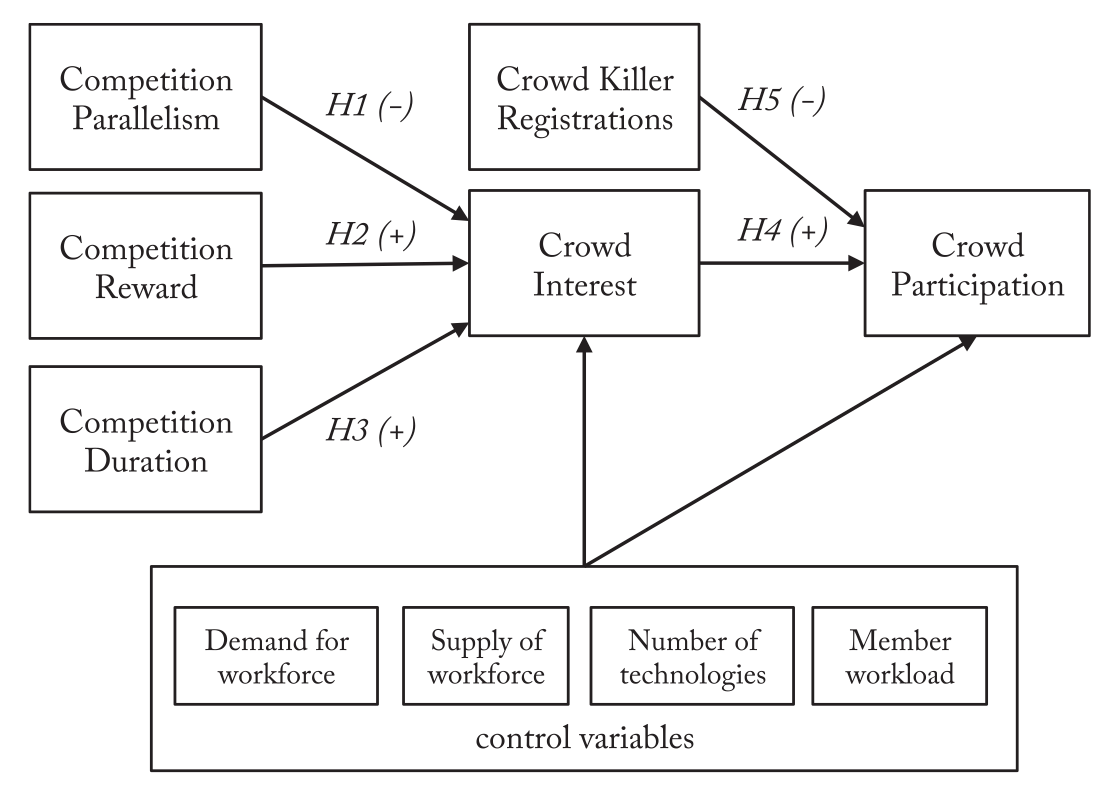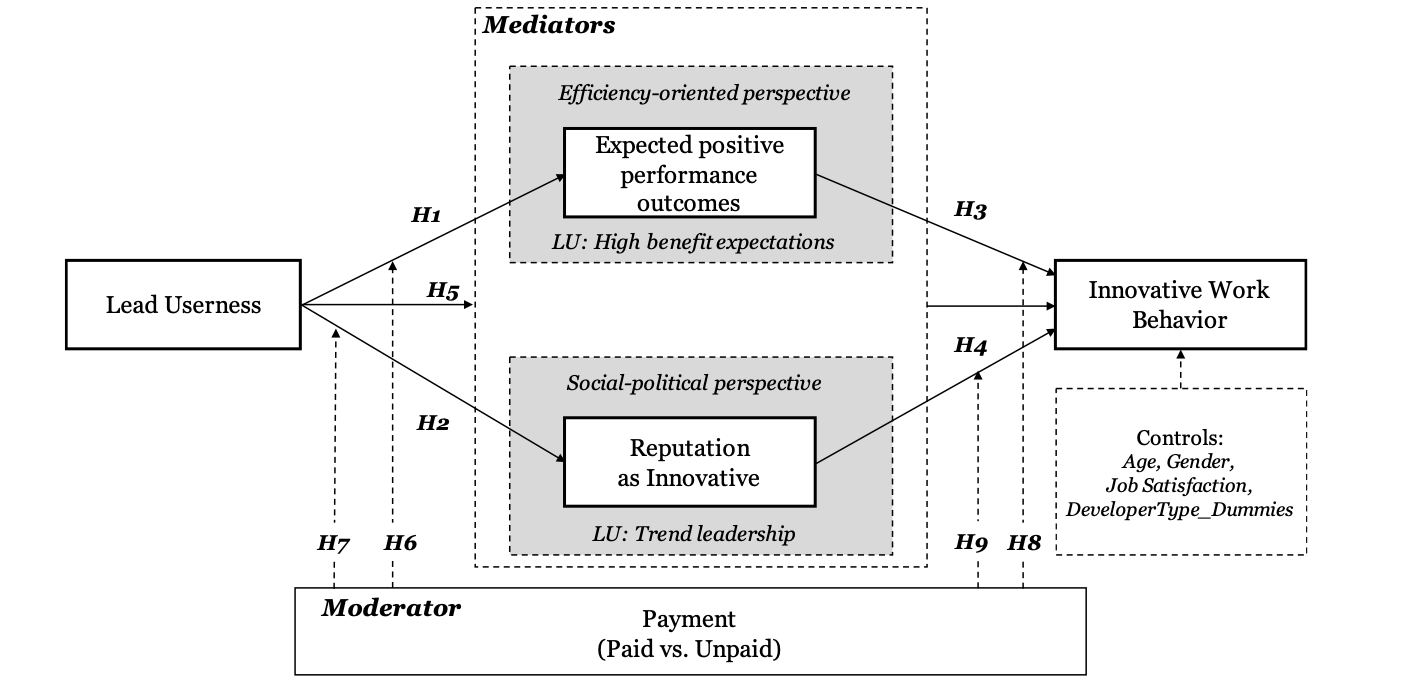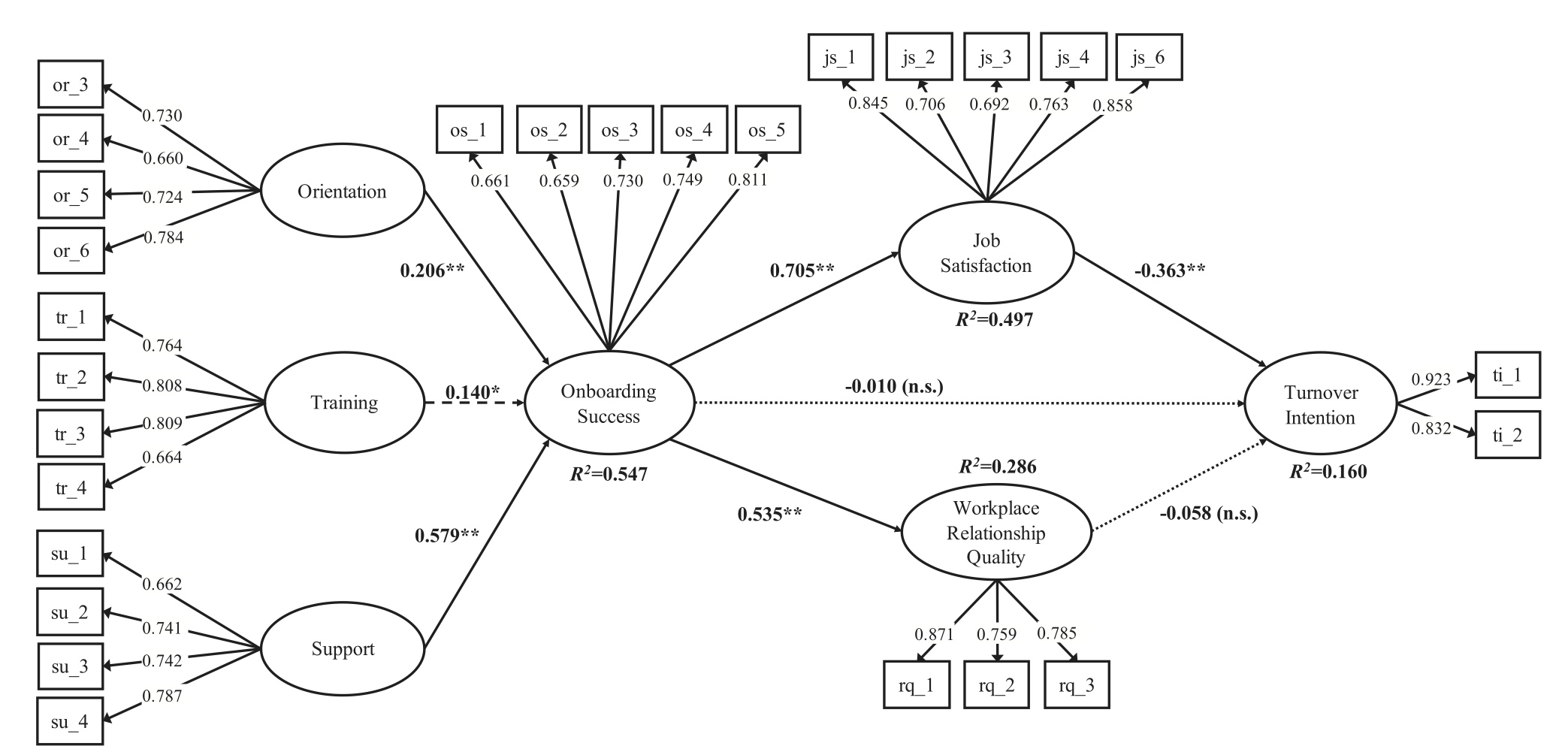SOFTWARE DEVELOPMENT WITH ALTERNATIVE WORKFORCES
Most of the research on collaborative software development tends to focus on collaborations within teams, between teams and among organizations. In each of these scenarios, developers are employed, and are thus known and "controllable" by their respective organizations. This project focuses on what we call alternative workforces, which vary in much more dramatic ways than the more traditional workforces described above. Some but not all developers may be paid, developers may not be aware of each other (e.g. in a competition-based crowdsourcing setting, but also in open source) and the motivation and goals of developers may vary widely as well. Alternative modes of software development such as open source, inner source and crowdsourcing offer several benefits. For example, large communities may benefit from the fact that many developers are able to review the code—this is often referred to as Linus’s Law (‘many eyeballs make all bugs shallow’). Furthermore, inner source can significantly help organizations in ensuring timely delivery of their products to the market; business units that find critical defects in a shared component shortly before a major release, can now fix issues themselves (as inner source offers access to all source code), rather than being dependent on the owner of that component. All three main modes listed above have the potential for creative, innovative or quality-improving solutions. Much research on open source and derived initiatives (i.e. inner source, crowdsourcing) focuses on initial adoption, but there is a paucity of research on sustainability of these initiatives. Key questions are: How can sourcing strategies be sustained if an organization has little influence on external workforces? And how can organizations build up sustainable relationships with unknown workforces?
Parameters for Crowdsourcing Software Development
Our multi-method study of crowdsourcing software development has focused on the various
challenges that companies may encounter. After our initial case study, we conducted a large-scale
sample study of over 13,600 contests on the Topcoder.com platform. The research model for this study is
shown in the figure below.
 Key findings of this study include:
Key findings of this study include:
- Parallelization of contests within the same project is linked to a lower level of interest from the crowd;
- The level of reward for a contest doesn't seem to link to a higher level of interest from the crowd;
- So-called "crowd killers" may scare away other potential participants in contests.
 Onboarding Software Developers and Retaining Them
Onboarding is an extremely costly activity in software development because it can take months before software developers
become productive and start adding value. For that reason it is of particular interest to companies to understand how
to make the onboarding process more successful. After onboarding, companies also wish to retain their staff, as otherwise they
will have to recruit new staff and start the onboarding process over again. We conducted a sample study of over 100 developers to better
understand the onboarding process and the outcome of it.
Onboarding Software Developers and Retaining Them
Onboarding is an extremely costly activity in software development because it can take months before software developers
become productive and start adding value. For that reason it is of particular interest to companies to understand how
to make the onboarding process more successful. After onboarding, companies also wish to retain their staff, as otherwise they
will have to recruit new staff and start the onboarding process over again. We conducted a sample study of over 100 developers to better
understand the onboarding process and the outcome of it.
 Key findings of this study include:
Key findings of this study include:
- Orientation is important, but not as important as providing support to developers as they join the company. Training doesn't seem to be very important.
- When successfully onboarded (or socially integrated), developers tend to have a higher level of job satisfaction. Successful onboarding also links to better quality of relationships with colleauges.
- Job satisfaction is inversely linked to an intention to leave the company: satisfied developers will have a lower tendency to leave the company.
 Our paper in the International Conference on Pattern Languages of Programming (PLoP 2017) has documented a number of patterns.
One of these is called "30 Day Warranty", which suggests to set a limited time frame within which contributors offer "warranty" or support
to the team that has accepted the contribution. This may help reduce the barrier to accepting outside contributions.
Our paper in the International Conference on Pattern Languages of Programming (PLoP 2017) has documented a number of patterns.
One of these is called "30 Day Warranty", which suggests to set a limited time frame within which contributors offer "warranty" or support
to the team that has accepted the contribution. This may help reduce the barrier to accepting outside contributions.

Project Details
Start Date: December 1, 2016
End Date: November 30, 2022
Funding: Science Foundation Ireland
Budget: EUR 460,000
Principal Investigator: Klaas-Jan Stol
Team Members: Daniel Russo (2019), Maroun Tabbal, Yogeshwar Shastri
Collaborators: Ann Barcomb, Brian Fitzgerald, Mario Schaarschmidt, Danese Cooper